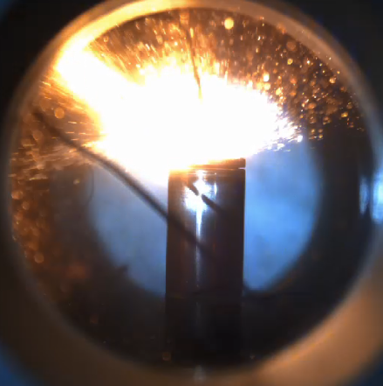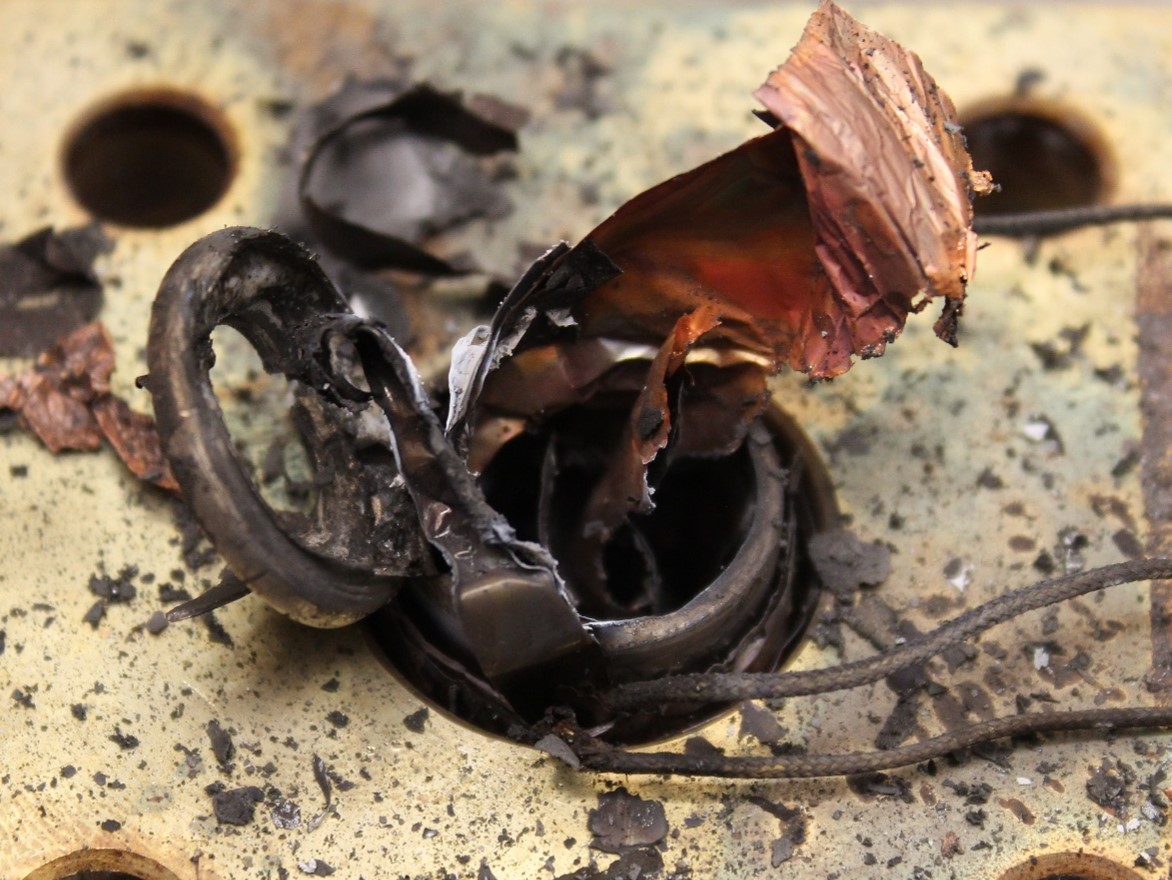The ECN has chosen an “Energy Conversion Network” activity to study and prevent thermal runaway in vehicle energy storage systems.

The technical committee on battery safety and thermal runaway was formed in 2023. Utilizing diagnostics skills and knowledge in multiphase combustion, the overall objective of the activity is to understand risks associated with lithium battery systems and to create advanced models with capability to predict:
- Early onset of cell malfunction with indicators of thermal runaway
- Internal cell heat transfer, chemical reaction, deformation, gas exchange and pressure buildup
- Venting of gases, liquids and solids from the cell
- Thermal runaway within the cell
- Ignition and combustion of vented gases and materials
- Toxic gas species and hazardous fine particulate
- Conductive, convective, and radiative heat transfer and mass transfer from the cell to the environment and neighboring cells, modules, and pack
 To leverage joint research activity for accelerated (but voluntary) research, the ECN has chosen a cylindrical of 21-mm diameter and 70-mm length (21700) for standardized experiments and modeling. Very specific details of the target LG INR21700 M50LT cell, including internal geometry and example numerical heat transfer models, are available. This NMC811 cell has high energy density and is ubiquitous within modern vehicles and stationary energy storage. Cells purchased from the same lot are available to interested research groups. The 21700 format has also been chosen for other battery chemistries with high performance and extended lifetime. We expect that the ECN activity will expand to include other cell and materials as future targets.
To leverage joint research activity for accelerated (but voluntary) research, the ECN has chosen a cylindrical of 21-mm diameter and 70-mm length (21700) for standardized experiments and modeling. Very specific details of the target LG INR21700 M50LT cell, including internal geometry and example numerical heat transfer models, are available. This NMC811 cell has high energy density and is ubiquitous within modern vehicles and stationary energy storage. Cells purchased from the same lot are available to interested research groups. The 21700 format has also been chosen for other battery chemistries with high performance and extended lifetime. We expect that the ECN activity will expand to include other cell and materials as future targets.
Please see the latest workshop direction, guidelines, and topic organizers to join in the effort.
We also recommend BatteryArchive for a large dataset of cell performance and abuse experiments.
